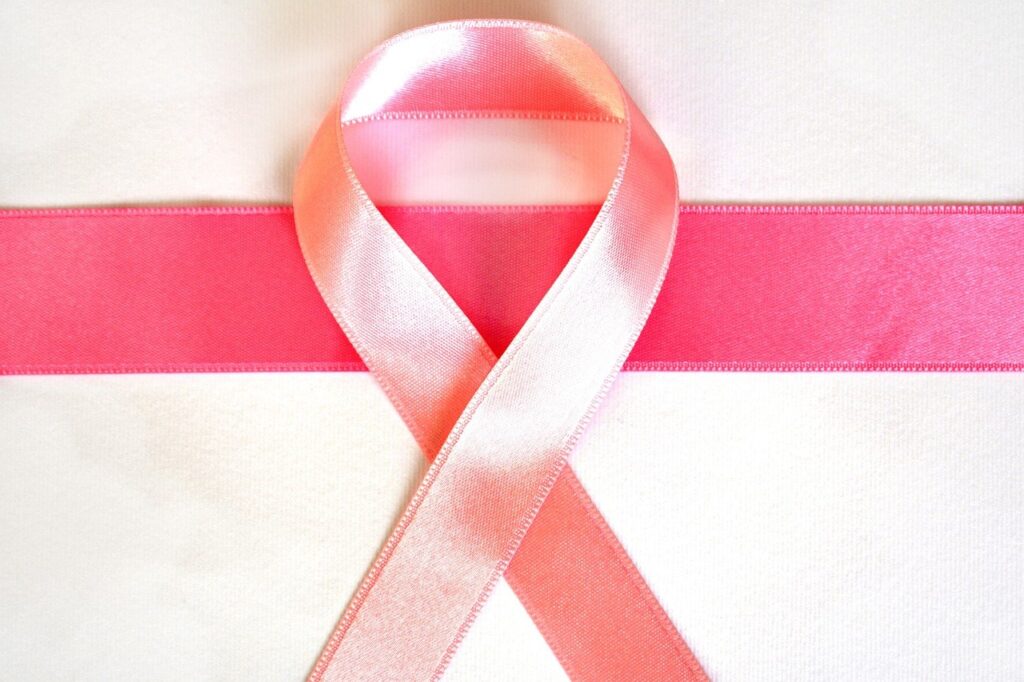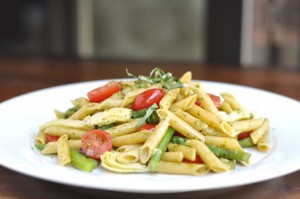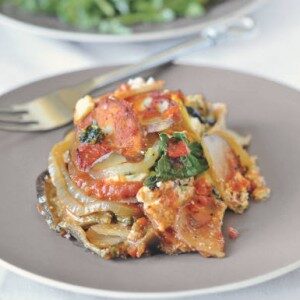October is an important month because every October, people all over the world show their support for everyone affected by breast cancer. This month, it is important not only to show your support to those affected by this horrible disease but to bring awareness of how to prevent it and how to detect breast cancer as early as possible.
Learn the Signs of Breast Cancer
It is essential that all women check their breasts on a regular basis. You should not wait until your yearly exam for your doctor to check them for you. You know your body better than anyone else, so check your breasts every month for signs of change.
Touch Your Breasts – Can you feel anything new or unusual?
You should check all parts of your breasts, your armpits and up to your collarbone for changes. Here is a helpful article and video on how to do a breast self-exam from the National Breast Cancer Foundation.
Look for Changes – Does anything look different?
Check in a mirror while performing your breast self-exam.
Check Any Changes with your Doctor.
If you have concerns, don’t delay making an appointment with your doctor. Your doctor can help ease concerns and perform necessary tests.
Here are some common signs of breast cancer you should be looking for during your breast self-exam:
- A lump or swelling in the breast, upper chest or armpit
- A change to the skin (puckering or dimpling)
- A change in the color of the breast (may look red or inflamed)
- A change to the nipple (may become pulled in, inverted)
- A rash or crusting around the nipple
- Unusual liquid (discharge) from either nipple
- A change in size or shape of the breast
- Breast Pain – pain in your breast or armpit that is consistently there
Remember, the earlier breast cancer is found, the more treatment options are available! Women whose breast cancer is detected at an early stage have a 93 percent or higher survival rate in the first five years.
Eating a proper diet is the best way to prevent any form of illness, including cancers. Nutrition is our first line of defense against disease. In fact, when it comes to cancer, studies suggest that 30 to 40 percent of all kinds can be prevented with a healthy lifestyle and dietary measures.
Stanford Medicine suggests that eating a plant-based diet is the best approach to increase your protection from breast cancer. Plant foods are rich sources of fiber, antioxidants and phytochemicals which have been shown to decrease the risk of cancer and protect the body from other chronic diseases such as diabetes and heart disease. Choose whole grains and legumes as well as at least 6-9 servings from a variety of brightly colored fruits and vegetables daily. Including soy, green tea, and vitamin D in your diet is also beneficial to preventing illness while reducing your sugar, limiting dietary fats, and decreasing alcohol.
Here are some of my favorite plant-based recipes that even the most die-hard meat eaters are sure to love!
Artichoke & Asparagus Pesto Pasta
Serves 7
Packed with fiber, these Springtime veggies help you lose weight. High-antioxidant content makes them cancer-resisting superfoods.
Ingredients
Vegetable Pasta
 1 lb asparagus, trimmed, blanched, and cut into 1-inch pieces
1 lb asparagus, trimmed, blanched, and cut into 1-inch pieces- 1/2 lb artichoke hearts, quartered
- 1 red onion, cut into thinly sliced rounds
- 1/2 cup halved grape tomatoes
- 3/4 cup mozzarella, shredded (can be substituted for vegan cheese)
- 1 lb whole wheat penne
- 1/4 cup Vegetable broth
- 2 tablespoons extra virgin olive oil
- 2 oz fresh pesto (Christine’s Pesto recipe below)
Christine’s Pesto
- 2 cup basil, tightly packed
- 1/4 cup pine nuts
- 1/4 teaspoon cayenne pepper
- 1 clove crushed garlic
- 1/2 cup parmesan cheese, reduced fat
- 1/4 cup extra virgin olive oil
- salt and pepper to taste
Directions
- Wash, trim, and blanche asparagus. Save the water you boiled the asparagus with for cooking the penne.
- Cook penne according to package directions using asparagus water. (This will boost the nutrient value of the pasta.)
- Set range to medium-high heat. In an extra-large frying pan sauté asparagus, artichoke hearts, and red onion in olive oil until onions begin to caramelize. If you don’t have an extra-large frying pan, do this in batches.
- Deglaze the pan with vegetable broth or your favorite white wine scraping all the brown bits from the pan. Deglazing simply means adding the vegetable broth to the hot pan and scraping the brown bits loose from the bottom with a spatula. Next, add 2 tablespoons of pesto and lightly sauté until pesto is evenly distributed.
- Add pasta and grape tomatoes and lightly toss with a set of tongs.
- Plate and sprinkle with shredded mozzarella.
- Combine the first 5 ingredients in a food processor or blender. Slowly pour olive oil into the mixture as it is processing. Blend for about 45 seconds or until the mixture looks bright green and thick.
Nutrition: Calories: 366kcal | Carbohydrates: 53g | Protein: 18g | Fat: 10g
Roasted Vegetable Lasagna
Serves 10
Everyone raves about my lasagna and finds it hard to believe there is no gluten—it tastes that authentic! You can’t go wrong with this dish – packed with veggies and gluten-free! To get even, thin slices on the veggies, I recommend using a mandoline—it saves a ton of time
Ingredients
 Olive oil, for greasing the dish
Olive oil, for greasing the dish- 6 medium red potatoes, very thinly sliced
- Christine’s Pesto (recipe above)
- Sea salt
- 3⁄4 pound eggplant (about 1 large), unpeeled, thinly sliced
- 2 medium golden zucchini, thinly sliced
- 1 large red or yellow onion, thinly sliced
- 1 jar (24 ounces) marinara sauce
- 12 ounces soft goat cheese (can be substituted for vegan cheese)
Directions
- Preheat the oven to 375°F. Grease a 2-quart baking dish with olive oil.
- Arrange half the potato slices in the dish. Season each potato with a small drop of the pesto.
- Top each potato with a slice of eggplant, zucchini, and onion. Using half the goat cheese, place a bit of cheese onto the top of each vegetable stack. Pour half of the marinara over everything. Make a second layer of potatoes, pesto, vegetables, and sauce. Lastly, drop mini dollops of the remaining 6 ounces of goat cheese over the top of the lasagna.
- Cover the dish with foil and bake for 45 minutes. Remove the foil and bake until the lasagna is bubbling, and the top has browned – about 10 minutes.
Nutrition: 297 calories | 12 grams protein | 35 grams carbohydrates |13 grams fat
Some great foods to add to your diet that are particularly beneficial for reducing the risk of cancer are foods rich in certain vitamins, antioxidants, and carotenoids. These foods are garlic, broccoli, tomatoes, berries, carrots, and leafy greens. Experiment in your recipes and snacks by adding these foods daily and ensure you are getting enough nutrients and reduce your excess junk. It’s never too late to start eating healthier!
Quick tips for breast cancer prevention:
- Follow a healthy lifestyle! Be physically active, minimize alcohol, eat a plant-based diet as much as possible, and don’t smoke. Reduce refined carbohydrates, sugar, and fats, and eat more whole grains.
- If you are over 40, get a mammogram! Early detection is important. A mammogram is the most common screening tool for breast cancer but may not provide accurate results for women with dense breast tissue or breast implants. SonoCiné AWBUS is a whole breast ultrasound machine that screens for breast cancer. SonoCiné uses ultrasound technology to scan the entire breast — all the way to the chest wall. The advanced breast cancer screening tool also scans the lymph nodes. You can you find out more about them here.
- Self-examination is important – you know your body. Look for signs and report changes to your doctor
- If you are post-menopausal, avoid hormone replacement therapy as this increases your risk if you have a family history of breast cancer.
- Maintain a healthy weight.
- Tell your doctor if you have family members who have had breast cancer as this may increase your risk. If you do not know, have a conversation with family members and get to know your risk factors.
President Biden made a proclamation on National Breast Cancer Awareness Month this year. It is encouraging to know that the administration is raising awareness for breast cancer and putting active measures to support patients and families. You can read that here.
Keep the conversation going. Spread the word about mammograms, self-examination, and healthy living for prevention and encourage communities, organizations, families, and individuals to get involved. With early detection and treatment, most women can survive breast cancer. We can make a difference in the lives of others together.

Christine




 1 lb asparagus, trimmed, blanched, and cut into 1-inch pieces
1 lb asparagus, trimmed, blanched, and cut into 1-inch pieces Olive oil, for greasing the dish
Olive oil, for greasing the dish